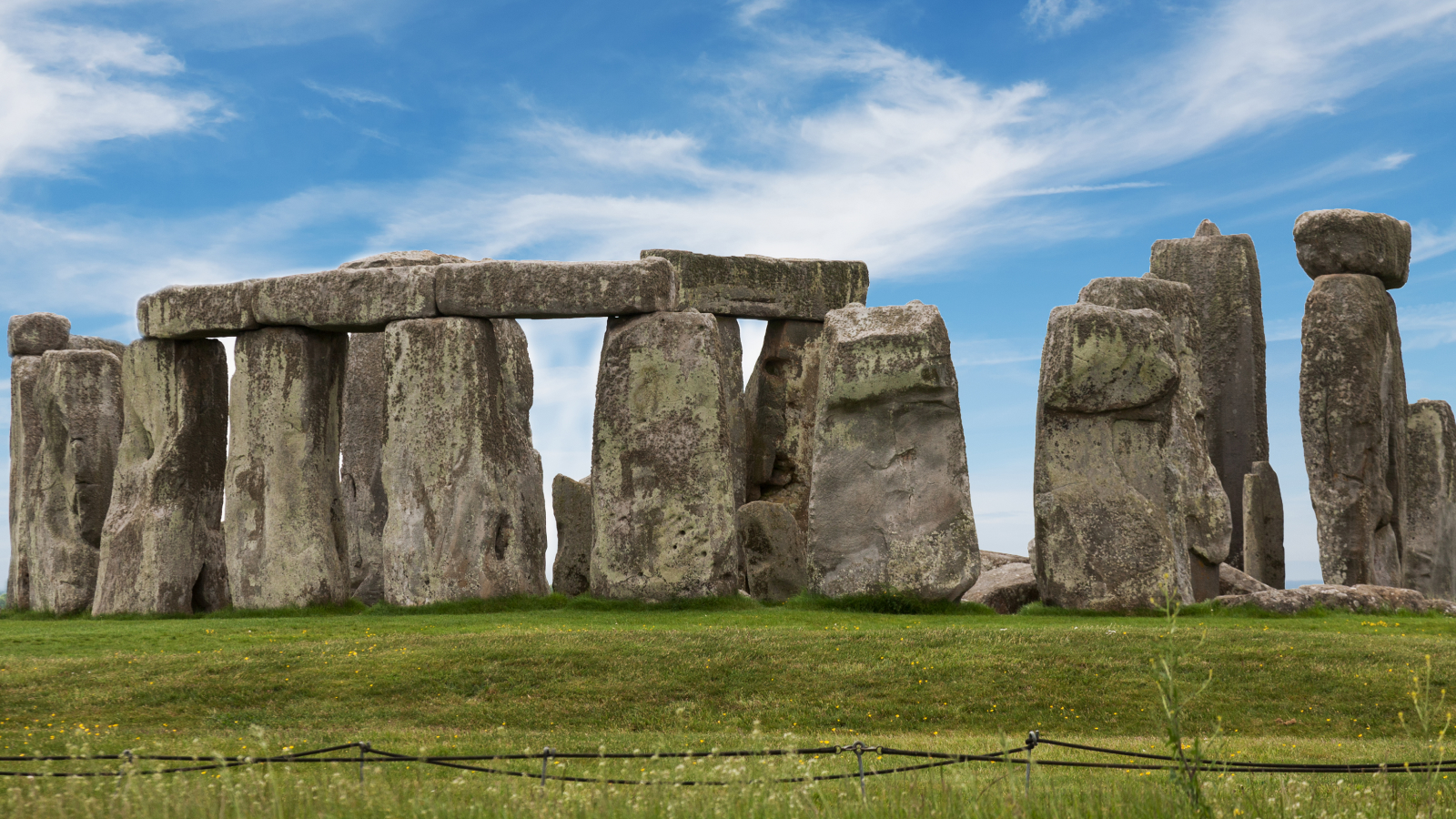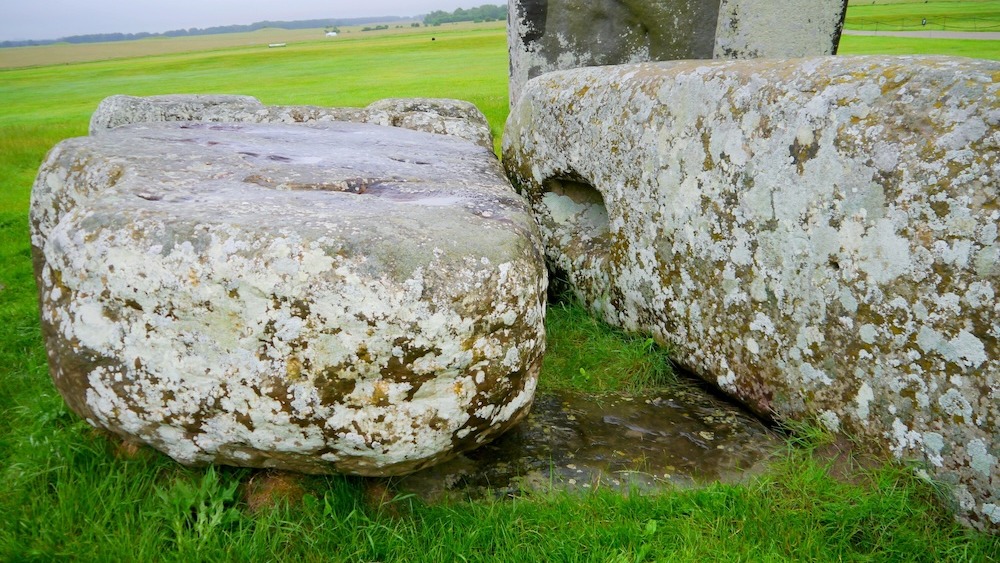Stonehenge's 13,200-pound Altar Stone originated in northeastern Scotland, more than 450 miles away
Researchers analyzed Stonehenge's Altar Stone and determined that its chemical makeup is similar to that of stones found in northeastern Scotland.

Researchers now know the exact region in Scotland where Stonehenge's Altar Stone originated, thanks to a chemical analysis of the behemoth rock's geological makeup.
The finding, which is part of a new study published Wednesday (Aug. 14) in the journal Nature, offers further evidence that the builders of the immense monument would have used advanced methods to transport the approximately 13,200-pound (6,000 kilograms) stone from its original location to its current site in southern England, where it now sits in the inner circle of Stonehenge, according to a statement from Aberystwyth University in Wales.
For years, it was thought that the Altar Stone originated in Wales. However, a 2023 analysis of the large stone determined that it may have come from as far north as Scotland, since it contained large amounts of barium, similar to other stones in that area. This discovery helped researchers narrow down the stone's true origin.
"The Altar Stone was always grouped with the other blue stones, which are the smaller stones in the ring," study co-author Nick Pearce, a professor of geological chemistry at Aberystwyth University, told Live Science. "It was long believed the blue stones could only be found in southern parts of the UK, such as South Wales. After examining the mineralogy of the stones, it didn't add up that the Altar Stone was from Wales."
Related: Stonehenge was a hunting hotspot long before the monument was built
For this new analysis, researchers studied mineral grains from two fragments of the Altar Stone, which revealed that it contains an abundance of minerals such as zircon, apatite and rutile. Researchers discovered that the mineral makeup matched that of rocks from the Orcadian Basin, an area that encompasses northeastern Scotland as well as the Orkney and Shetland islands and sits roughly 466 miles (750 kilometers) from Stonehenge today, according to the statement.

They also determined that some of the Altar Stone's mineral grains were between 1 billion and 2 billion years old. "We were able to get a fingerprint of the age of the rock," Pearce said. "It matches perfectly with sedimentary rocks in Scotland's Orcadian Basin."
Get the world’s most fascinating discoveries delivered straight to your inbox.
So how did Stonehenge's creators transport the enormous rock such a long distance?
"That's the $64,000 question," Pearce said, especially since it's estimated that the massive stones that make up Stonehenge were placed around 2600 B.C., according to the statement.
"If the Altar Stone came from one of the islands, it would have started its journey on water and would have involved marine and overland transport," Pearce said. "That's not a simple challenge."
While researchers can only speculate about the stone's journey, they think transporting such a heavy load would have required "societal coordination" between the Orcadian Basin and southern England that may have involved a "marine shipping route," according to the statement.
"This clearly changes what we know about where it came from," Pearce said. "Coordinating this would have involved hundreds of people probably. They had to have had a good reason to transport something that weighs 6 [metric] tons so far away."
The Altar Stone isn't the only link between the two locations.
"There have also been similar pieces of pottery and houses in the two areas," he said. "This strengthens the depth of the connection."
Jennifer Nalewicki is former Live Science staff writer and Salt Lake City-based journalist whose work has been featured in The New York Times, Smithsonian Magazine, Scientific American, Popular Mechanics and more. She covers several science topics from planet Earth to paleontology and archaeology to health and culture. Prior to freelancing, Jennifer held an Editor role at Time Inc. Jennifer has a bachelor's degree in Journalism from The University of Texas at Austin.


